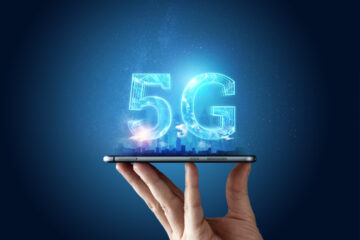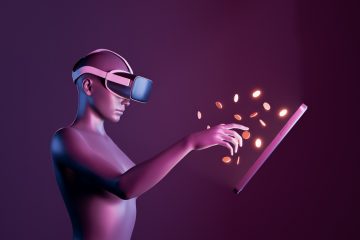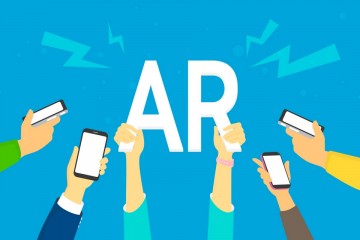5 examples of immersive shopping experiences in retailing
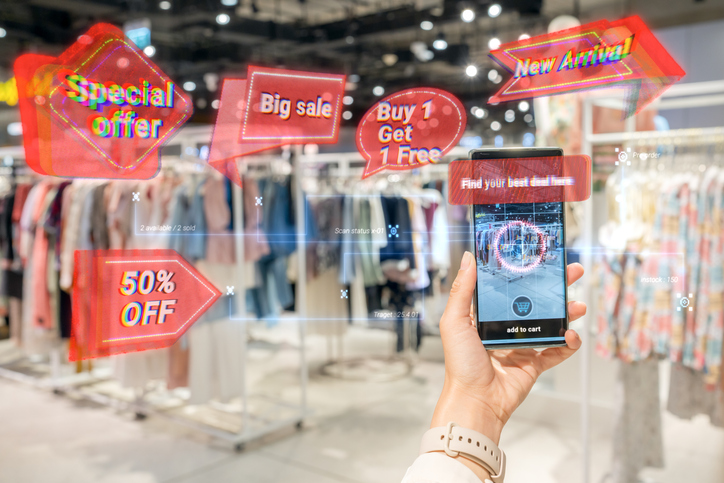
The ability to offer an immersive shopping experience to customers in stores will become a differentiating factor in the future to increase retailers’ loyalty and profitability. This is the conclusion of the Gartner study “Predicts 2023: Immersive Stores Are a Critical Focal Point For Retail Profitability”. According to Gartner, by 2025 the gross margins of fashion retailers working with multiple channels will fall by up to 10 percentage points from 2022 levels, forcing them to look for new ways to optimize the profitability of their operations. A decline, although with different percentages, can also be expected in other verticals that have experienced significant growth in their online sales in recent years.
In this search for greater profitability, the return to stores is considered one of the main goals, due to the rising cost of e-commerce, which makes stores today the most profitable channel.
To boost store visits, retailers will need to focus on delivering the kind of rich, immersive shopping experiences their customers expect, while also continuing to improve the online experience to reduce costs.
What do we mean by an immersive shopping experience?
An immersive experience is a multi-sensory experience enabled by a combination of interactions that create intuitive and emotional value for the user. These interactions can be presented in different ways:
- Flat interfaces, for example, with the use of interactive touch screens.
- Natural interfaces like voice, spatial, gesture-based, auditory, or olfactory.
- Extended reality, such as 3D, augmented, virtual, or mixed.
Immersive experiences provide retailers with differential benefits compared to a traditional shopping experience: they accelerate the purchase decision, improve conversion rates, reduce the number of returns, and increase customer loyalty.
Immersive experiences, however, are all the rage today largely because of virtual reality (VR) and augmented reality (AR) technologies in scenarios that involve immersing people in 3D digital environments, with the common use of devices such as helmets or virtual glasses. Despite this, AR and VR remain technologies that have not yet been adopted at scale in these types of scenarios. Mainly because of technological challenges that 5G and Edge computing technologies seem to help overcome.
Let’s take a look at five examples of scenarios or technologies that make such experiences possible:
Mobile applications: Wayfinding and virtual testers
An AR app is a great way for retailers to offer an enhanced shopping experience to customers from the convenience of their smartphones. Many retailers already incorporate AR into their apps. A well-known example is the case of furniture and décor retailer IKEA.
Another use case also known today is that of apps that indicate how to find a product in the store (wayfinding), such as the example of Mark & Spencer in the UK, with the launch of List & Go last year.
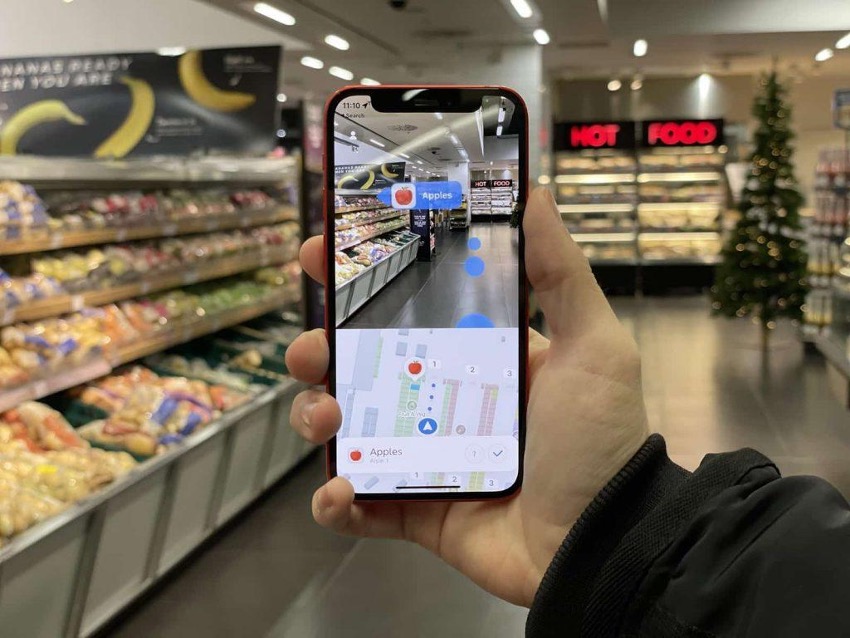
But today we know other examples:
- Virtual clothing tester: a scenario that is already familiar with fashion or sports retailers such as Nike, with its Nike Fit tool launched in 2019, or Walmart, more recently, after the acquisition of Zeekit.
- Virtual makeup tester: retailers such as Douglas offer within their app the possibility to virtually test their makeup products. Others, like the Catalan cosmetic products company MartiDerm, use a smart mirror that in a few seconds offers a diagnosis of the state of the skin and makes a personalized treatment proposal, based on actiMirror technology.
Smart mirrors and fitting rooms
We can also talk about a fashion store in which a customer chooses two garments to try on virtually with a smart mirror. As the customer holds up each item, the mirror displays the different sizes and color options for each product, along with available stock information.
An ultrafast 5G network could enable massive data requirements for volumetric mapping to get a 360° tight view of the customer with each garment. The mirror could access large data files from perimeter servers and content delivery networks over 5G, to present more information in real-time.
From the mirror itself, the customer could request a new size from an associate or even make the purchase and payment.
Although this is not a very common scenario, in recent years we have seen similar experiences from different retailers. One of the recent cases is H&M in its COS stores in the United States, where mirrors not only act as virtual fitting rooms but also offer personalized style recommendations.
Personal Shoppers
As a result of the pandemic, this type of service became more prominent, given the impossibility for shoppers to visit physical stores. A service that, for many customers who are still unable to visit stores, is a very convenient alternative.
Thus, basic options such as making a phone call or having a WhatsApp conversation with an in-store assistant while the customer browses the web at home can see their possibilities expanded thanks to the capabilities offered by technologies such as 5G.
This is precisely one of the eight scenarios within the 5G Catalunya in the 2022 Pilot program whose conclusions were presented at the last edition of the MWC. An initiative led by Cellnex Telecom and Masmóvil, co-financed by the European Regional Development Fund (ERDF), and promoted by Red.es. In this use case, involving the Boqueria Market in Barcelona, the aim is to enrich the online shopping experience through the use of augmented reality for sellers and buyers.
The 5G network designed and deployed by Cellnex offers massive data usage with mobile edge computing (MEC) servers that guarantee minimum latency, thus allowing the shopper to connect in real-time, through multiple devices, with a personal shopper who walks through the market’s points of sale.
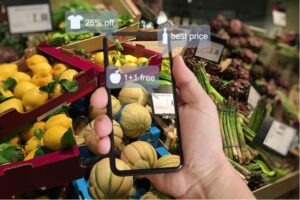
The use of 5G facilitates an immersive and personalized user experience through the Augmented Reality Personal Shopper technology solution. The application allows virtual shoppers to select in real-time from their devices (PC, tablet, cell phone) specific products from the market stalls and obtain additional information about them with augmented reality, in addition to conversing -if they deem it convenient- with the personal shopper or the store manager.
Sensory experiences: smell and taste
A truly disruptive concept was presented at the last Mobile World Congress (MWC) in Barcelona, which I was able to attend this year. It is an olfactory experience through the technology of the company AirParfum, a proposal promoted by the company Puig.
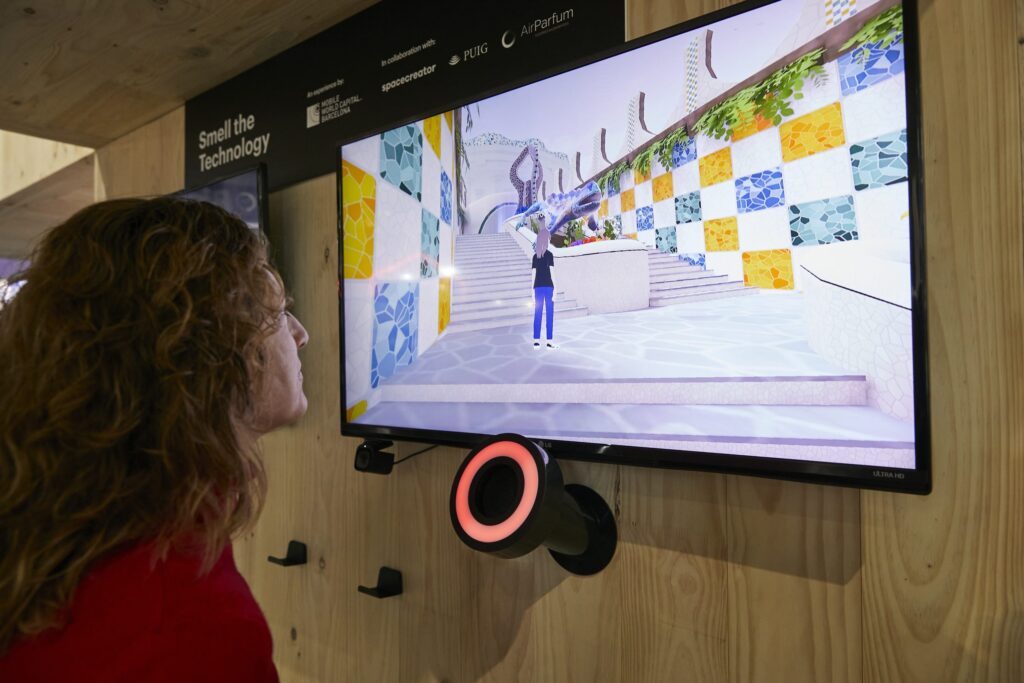
In the MWC demo, after creating our personalized avatar, it moved through 6 locations in Barcelona: Barceloneta Beach, La Rambla, Park Güell, Petritxol Street, Camp Nou, and the Basilica of Santa Maria del Mar. In each place, the user could smell a fragrance. If the user liked these smells, the machine studied which flavor would best suit his or her preferences, so that in the second experience, it would provide one or the other taste in the form of chocolate.
In the second part, users put on virtual reality glasses to enter a digital world where chocolate, designed by the Roca brothers, seduces the participants of this sensory adventure. For the occasion, the renowned chefs prepared two thousand chocolates in three different flavors so that, immersed in a digital world, users could taste the chocolate and enjoy the interaction.
Holograms
Another type of extended reality (XR or Extended Reality) technology whose potential can be unlocked with the advancement of 5G and edge computing technologies. The use of holograms, with real-time or video-like content, offers retailers a variety of in-store use cases, such as master classes, associate training, or 3D product presentations, among other examples.
Retailers such as H&M have also started to utilize them, with the holographic equipment from manufacturer Proto in one of its stores in New York. In this case, the aim was to encourage movement and promote its new H&M Move brand.

